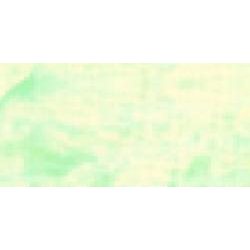Glaze and gloss are both terms used in the world of finishes and coatings, but they have different meanings and...
No products
Product successfully added to your shopping cart
There are 0 items in your cart. There is 1 item in your cart.
Search Tips
Christmas and New Year
We are dispatching orders every weekday apart from Christmas Day, Boxing Day and New Year's Day.
If you order is time critical, select next day delivery at checkout.
The shop in Sandown is closed from 25th December, reopening on 30th December.
How can I model Verdigris and Patination on building roofs and other structures?
Many of the most famous landmarks and buildings worldwide are noticeable for having a distinctive bluish-green colour on exposed surfaces and roofs. This distinctive colouration is called a patina and typically can occur on surfaces including copper, brass and bronze. The process occurs as a result of the oxidisation of the surface metals as they are exposed to the environment. It tends to occur quickest in coastal regions, typically in 5-7 years but will also occur further inland in 10-14 years on average. The distinctive colours seen as a result of this oxidisation are also referred to as Verdigris.
Modelling patination and verdigris can be a very impressive effect for modellers to recreate on buildings and other suitable structures in a layout or diorama. It can hint at age-related weathering and can be visually very eye-catching and impressive. The following steps can be used to mimic verdigris and patination on building roofs and other structures on a plastic model.
To begin with, the modeller should choose the most appropriate materials for creating a verdigris and patination effect for the subject in question. Ideally, this will include a combination of paints, pigments and other materials such as washes that could be useful in creating the desired effect.
When attempting to create any visual effect it is ideal to start by creating a base layer on the model. This can be achieved by the use of a primer or base coat to provide a smooth surface for the paint or pigment to adhere to. The choice of primer colour is also important. If a uniform covering of verdigris is desired then it may be helpful to use a light-coloured primer. Conversely, the use of a darker primer may well allow the modeller to hint at subtle undertones and other effects such as accumulated dirt or rust.
A suitable mixture of light green and blue paints and pigments can be combined to produce the ideal colouration. Brown paint could also be added to the mix to provide suitable tonal variations. At this stage, it could also be useful to consult visual sources such as books, magazines and the internet to compare what might be the most suitable colouration for a particular subject. Once the final colour is applied then other weathering techniques such as the use of washes can be used to hint at dirt and grime and subtly break up the uniformity of the surface colour. As a final touch, external detailing and raised surfaces can be dry-brushed on with a suitable colour to hint at the original surface.
A protective clear coat can be used to protect the patina effect from exposed sunlight and lock in the colours and any weathering effects that may have been used. This can then be given a final matt varnish if required to enhance age-related exposure and weathering.
Click here to receive the tips weekly in your mailbox. You can unsubscribe at any time.









